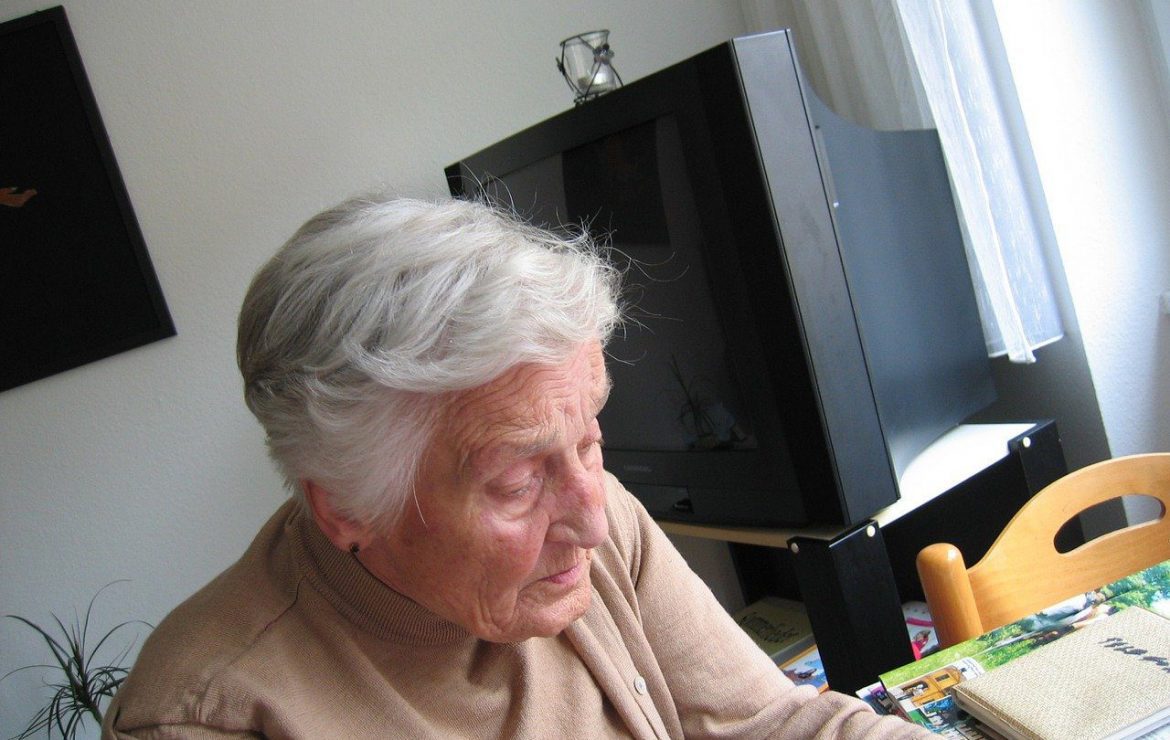Types of Care for Serious Illness

If you or a loved one has been diagnosed with a serious illness, there are three main types of care to consider. Supportive care, palliative care and hospice are the best available options for those who require a significant amount of care.
In this post, Four Oaks Healthcare will delve into these three types of care and what you can expect from each.
Note: Here is a blog on the common types of senior care if you are more interested in finding care for an elderly loved one.
Care types – Supportive, palliative, and hospice
In the UK, three types of care are encouraged for those who are living with a serious or terminal illness. Each of these types of care supports the individual’s quality of life and ensures that they are comfortable and well cared for.
However, each care type has different goals, pain and symptom management techniques, and emotional, spiritual and social support. Here are each of the different types of care and what you can expect from each:
Hospice care
Hospice care is specialised care for the terminally ill, focusing on the quality of life for the individual and their family. Hospice care is usually chosen if the prognosis is under six months and the individual requires end-of-life care with a focus on caring instead of curing. This type of care is often chosen when the patient no longer has curative options or has chosen not to pursue treatment because the side effects outweigh the possible benefits.
Hospice care aims to provide the individual and their family with a dignified, peaceful death. This type of care also stresses grief support for patients and their families.
Palliative care
Palliative care, also known as end-of-life care, is a type of care for serious, complex, or terminal illnesses. Like hospice care, palliative care aims to optimise the patient’s quality of life, but unlike hospice, palliative care provides physical, psychosocial, and spiritual relief from the symptoms of serious illness.
This care type encourages autonomy in the patient and focuses on access to information and choices. Palliative care can include or be independent of curative or life-prolonging care.
Usually, palliative care can be done at home.
Note: There are five stages of palliative care.
Supportive care
Supportive care has many similarities to the other types of care discussed but differs in its goals. The main goal of supportive care is to treat or prevent the symptoms of a disease as early as possible and, of course, to provide support for those with a serious illness.
Supportive care incorporates symptom assessments, care discussions and goals, and advanced care planning and education. Supportive care is best done by a live-in carer and is well-suited to all those with a serious illness, not only those who are terminally ill.
Conclusion on different types of care
Many different types of care are available for those dealing with a difficult disease, and one is not better than another. When choosing between palliative, supportive or hospice care, the most important thing to consider is what your loved one needs.
Hospice is the right choice if they need constant support and comfort in their last days or weeks. If they want to live in their own home and have more autonomy while having a carer no more than a few feet away, then palliative care is an ideal choice. Lastly, if the patient is still considering curative options and wants to treat their symptoms and disease, supportive care is the right option.
If you would like to know more about the care that we offer at Four Oaks Healthcare, don’t hesitate to contact us.




